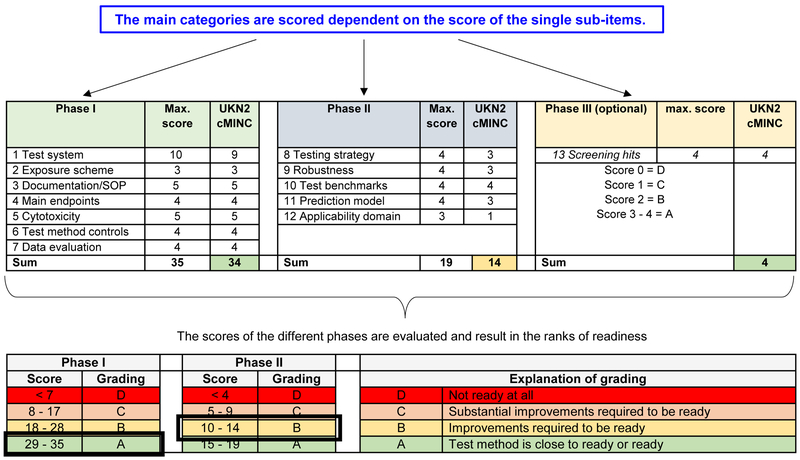Figure 3: Scoring system for readiness criteria.
Overview of the scoring system for the readiness criteria. The 13 criteria are sorted into three phases. Each areas has various sub-items and the number of points that can be obtained is indicated in Table 2. Phase I (green) includes the basic features of the test method as they would be provided by academic researchers. They include biological plausibility of the test method, features of the test system, and the availability of controls. A high number of points can be obtained for test system description (10 out of 35), as this is very important at early stages of test development. However, still two thirds of the points come from other areas not to be neglected. The second phase (blue) relates to the implementation of a test for practical applications in industry or for regulatory purposes. Here, the relation to a testing strategy, good robustness, and the availability of a prediction model are important. The third phase (yellow) is optional as not each test method is used for a screening approach. Notably, not all points apply to all tests. In the preliminary rating scheme suggested here, these items are then scored positive automatically (labelled in italics in Table 2). Each phase if evaluated independently, and then categorized into one of four readiness classes (A-D). In the figure, an example is given for the rating of the cMINC (UKN2) test method. It would score as ‘A’ (largely ready) in phase I, and as ‘B’ in phase II. For phase III, it would score as ‘A’.

